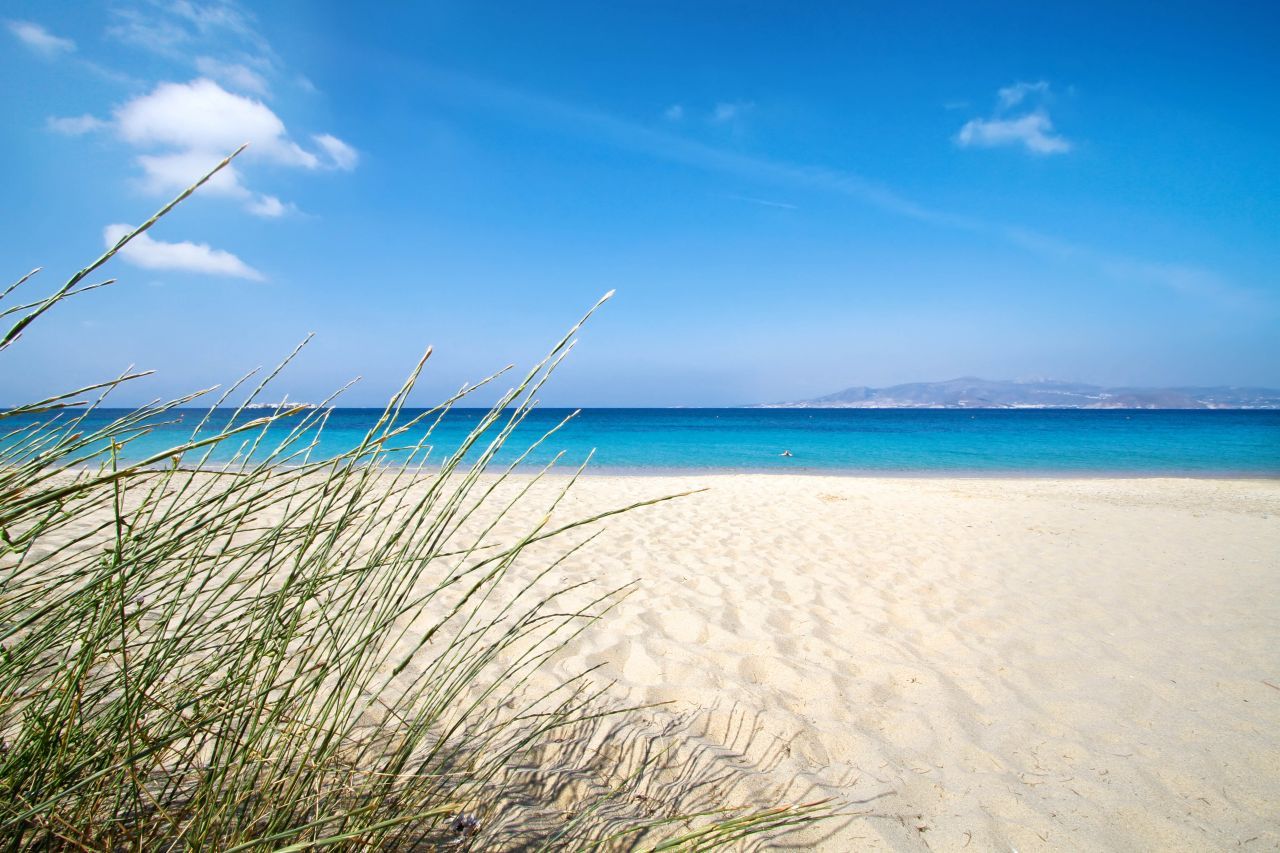
Greek Coasts

The Greek coast has a total length of approximately 16,000 km. Half of these are on the thousands of Greek islands, while the rest extends along the mainland. What characterises the famous Greek coasts is their unique diversity (beaches stretching over many kilometres, small bays and coves, sandy beaches with dunes, pebbly shores, coastal caves surrounded by steep rocks and with the characteristic dark sand of volcanic soils, coastal wetlands), their clean and transparent waters which have made them renowned all over the world and, for this reason, extremely popular.
In 2005, Greece had 383 beaches and 5 marinas that were awarded the Blue Flag (See below), a fact that puts the country in a top-ranking position among the European countries.
Most of the thousands of Greek coasts are freely accessible and you have the opportunity to discover and enjoy them without the presence of a large number of swimmers. There are, however, also many organised beaches in the country with the necessary infrastructure providing high-quality services (umbrellas, reclining chairs, changing booths, cafes, bar-restaurants etc), where, apart from swimming, you can enjoy water sports (water ski, windsurfing, diving etc) as well as other means of having fun in the water, such as the parachute for one or two persons, tyres and the banana, pedalo, jet ski etc. All organised beaches also have lifeguard towers ensuring safe swimming in the area.
Blue Flags of Europe
Each year this programme presents an award to the coasts and marinas which meet strict criteria as regards the cleanness of the sea and the coast, good organisation and safety as well as the protection of the coastal environment in general. More specifically, the criteria for the award of the Blue Flag are the following:
1. Cleanness of the sea and the coast
-Quality of swimming water verified by measurement of water samples;
-Absence of industrial sewage discharge on the coast;
-Treatment of urban sewage as required by the relevant EU directive;
-Adequate number of litter bins which must be emptied at regular intervals;
-Periodical cleaning of the beach from litter, cigarette stubs etc.
2. Organisation of the coast and safety of the visitors
-Continuous information of the public regarding the quality of swimming water;
-Immediate information if the water has become unsafe for swimmers;
-Plans to deal with a pollution accident and to immediately inform the public;
-Adequate number of sanitary facilities with controlled sewerage;
-Trained lifeguards or direct access to telephone, lifesaving equipment and First Aid;
-Safe passage to the coast and special care for people with disabilities;
-No driving (vehicles and motorcycles) is allowed on the beach;
-Free camping is forbidden; and
-Pets have to be supervised on the beach.
3. Protection of nature and environmental education
-Printed information and publicly displayed instructions regarding behaviour on the coast;
-Activities actively promoting the protection of the natural coastal environment.